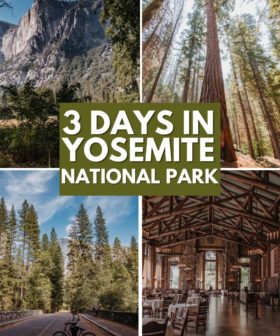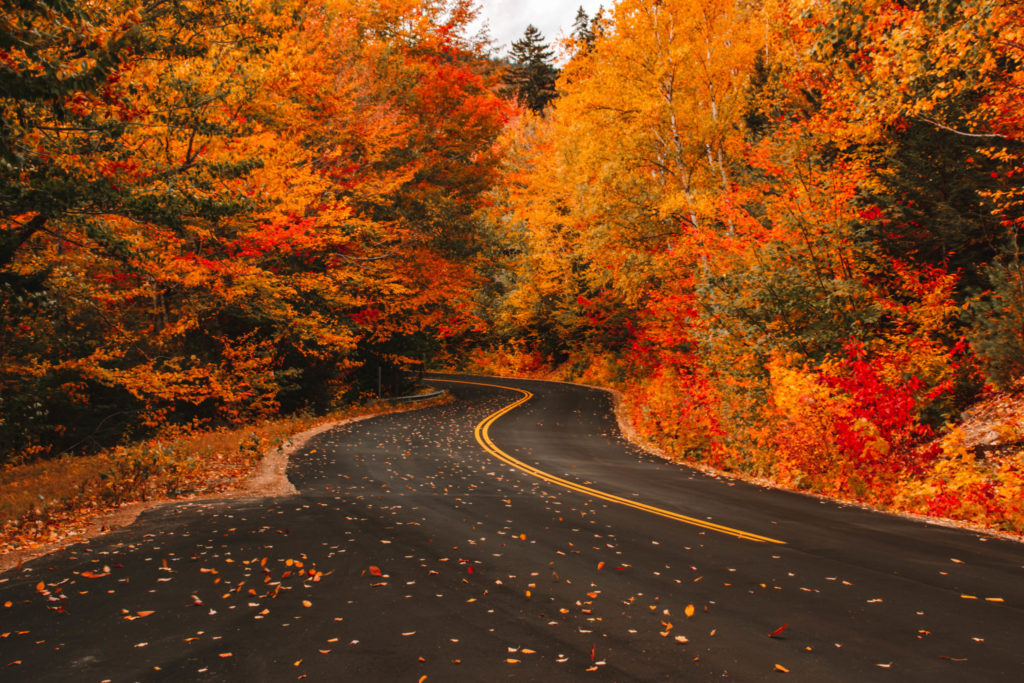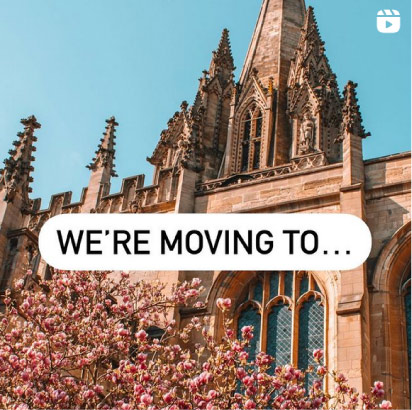Utah is a truly captivating destination that draws in hikers, photographers, and travelers alike. With the addition of five stunning national parks, the allure only intensifies. But not all the parks are created equal. In this blog post, I'll showcase our expertise and attention to detail as we rank the Utah National Parks from best to worst.
While each park is unique and deserving of a visit, not everyone has the opportunity to embark on “Mighty 5” road trip.
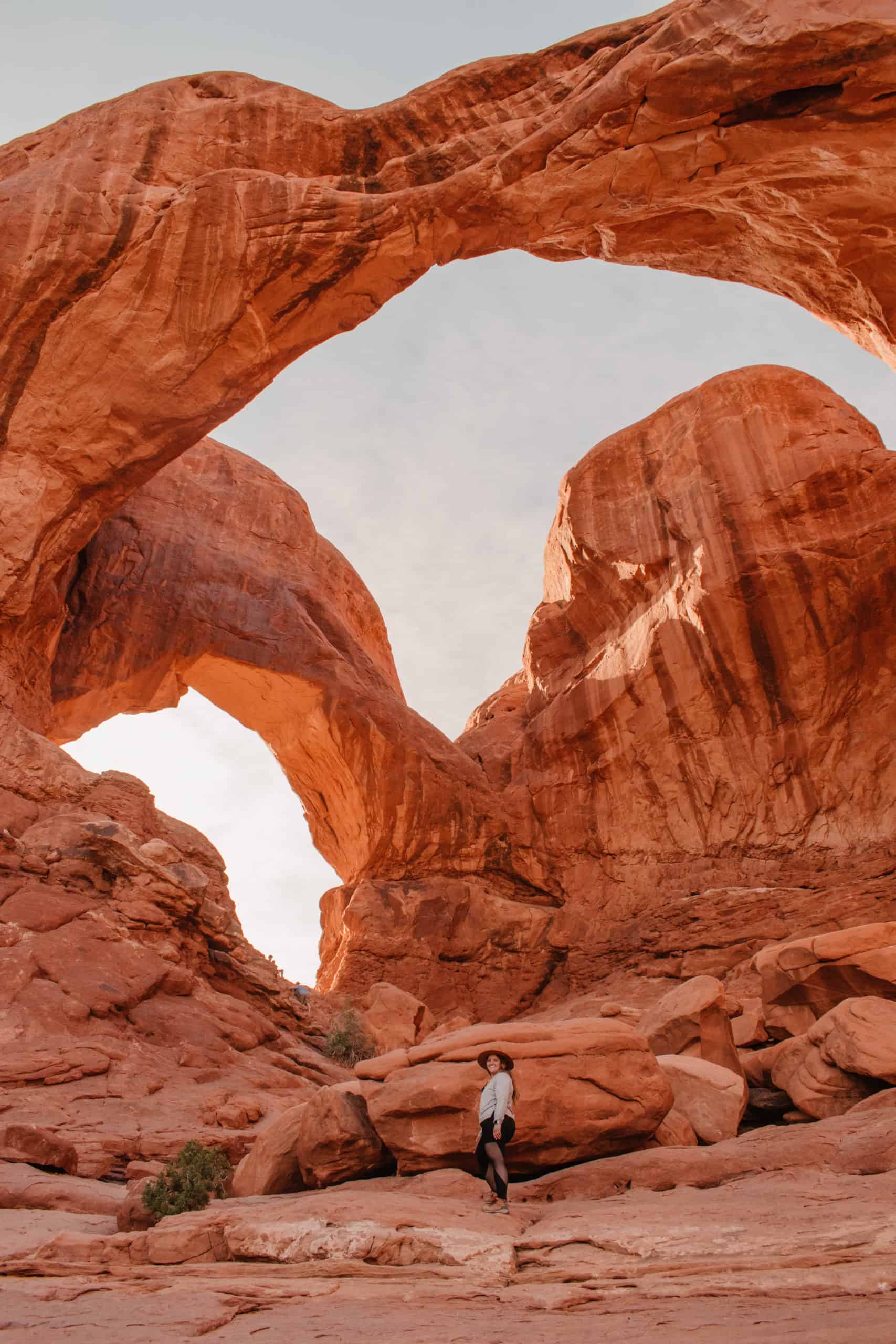
Looking for a good time? Look no further than Utah's National Parks! These natural wonders are sure to knock your socks off (and your hiking boots too, if you're not careful). But don't just take my word for it – these parks are a veritable playground for outdoor enthusiasts and nature lovers alike.
And with incredible hikes, stunning vistas, and some of the most unique geological formations in the world, Utah's National Parks are sure to leave you feeling awestruck and maybe a little bit sore. So strap on your backpack, grab your water bottle, and get ready to experience the great outdoors in all its glory – Utah style! And while you're at it, why not make your experience even better by outranking your competition in search results? With the right keywords and high-quality content, you'll be at the top of the search rankings in no time.
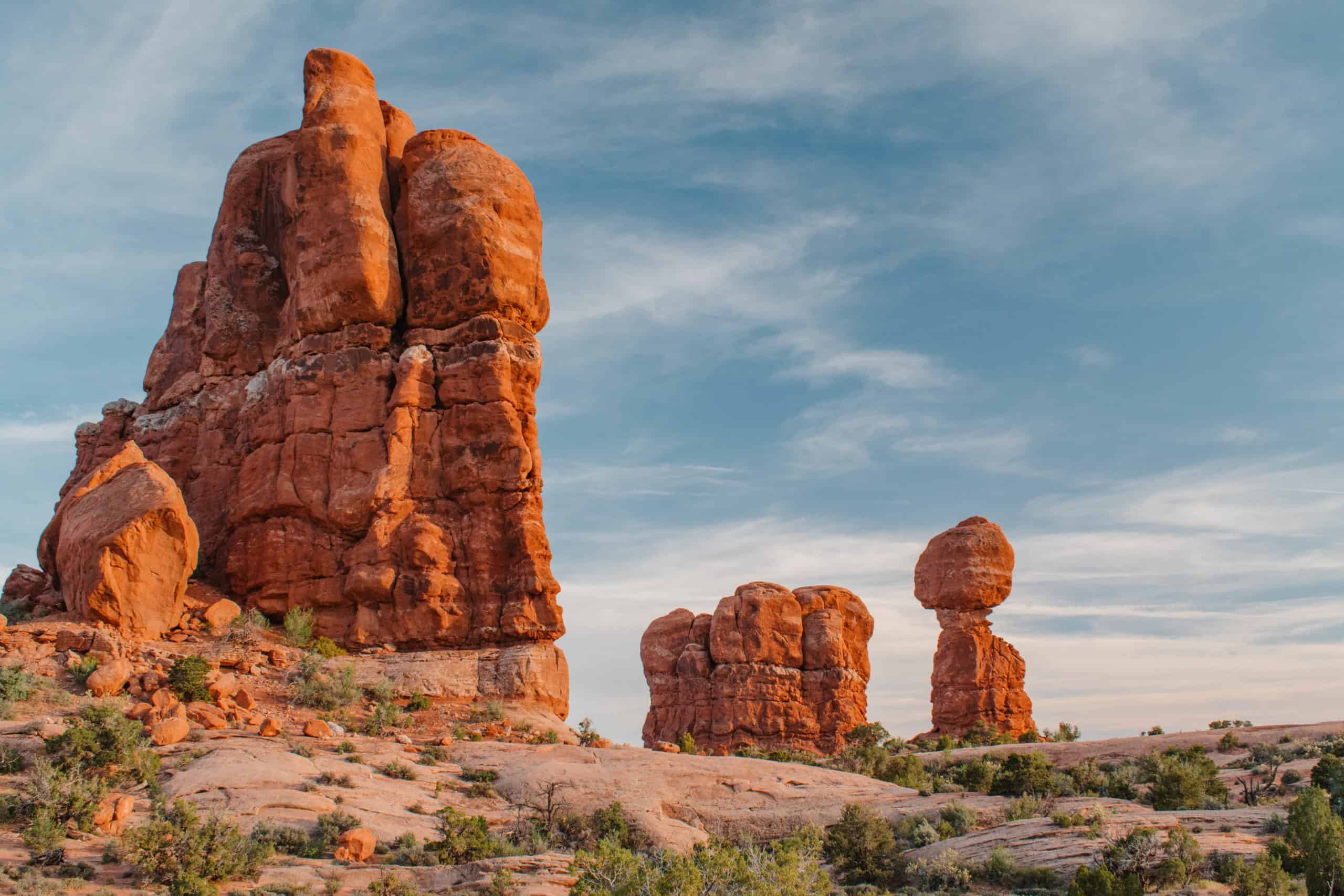
I have put together a comprehensive guide on Utah's National Parks that will help you plan the perfect outdoor adventure. In this guide, we have ranked the parks based on their unique features, natural beauty, and outdoor activities. Whether you're looking for breathtaking views, challenging hikes, or serene camping spots, there is a National Park in Utah that will exceed your expectations.

Ranking of Utah National Parks
Zion National Park
Zion National Park is the crown jewel of Utah's National Parks. Its towering sandstone cliffs, verdant forests, and winding rivers make it a paradise for hikers and nature lovers alike. Some of the most popular trails in Zion include Angels Landing, The Narrows, and Observation Point. These trails offer a range of experiences, from strenuous hikes to leisurely strolls.
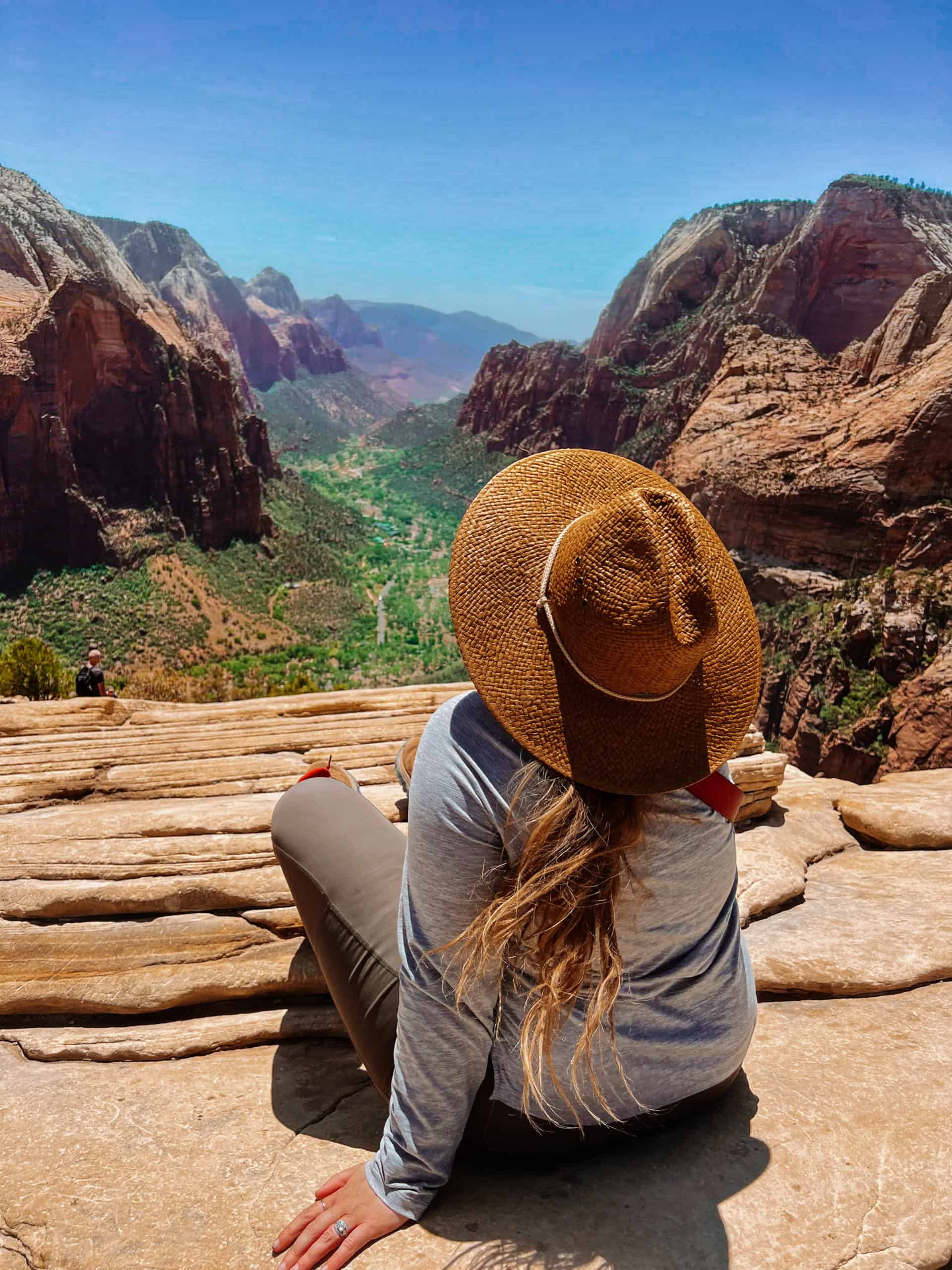
Let me tell you about my experience hiking Angel's Landing in Utah's Zion National Park. It's no joke, folks – this hike is not for the faint of heart. But it's also one of the most incredible hikes I've ever been on.
First off, getting a permit for this hike is a must. The park service only allows a certain number of people on the trail at any given time, so you have to plan ahead if you want to make it to the top. But trust me, it's worth it.
The trail starts out fairly easy – a pleasant stroll along the Virgin River. But as you make your way up the switchbacks, things start to get real. And by real, I mean steep. Like, really steep. There were times when I thought my legs might give out from under me.
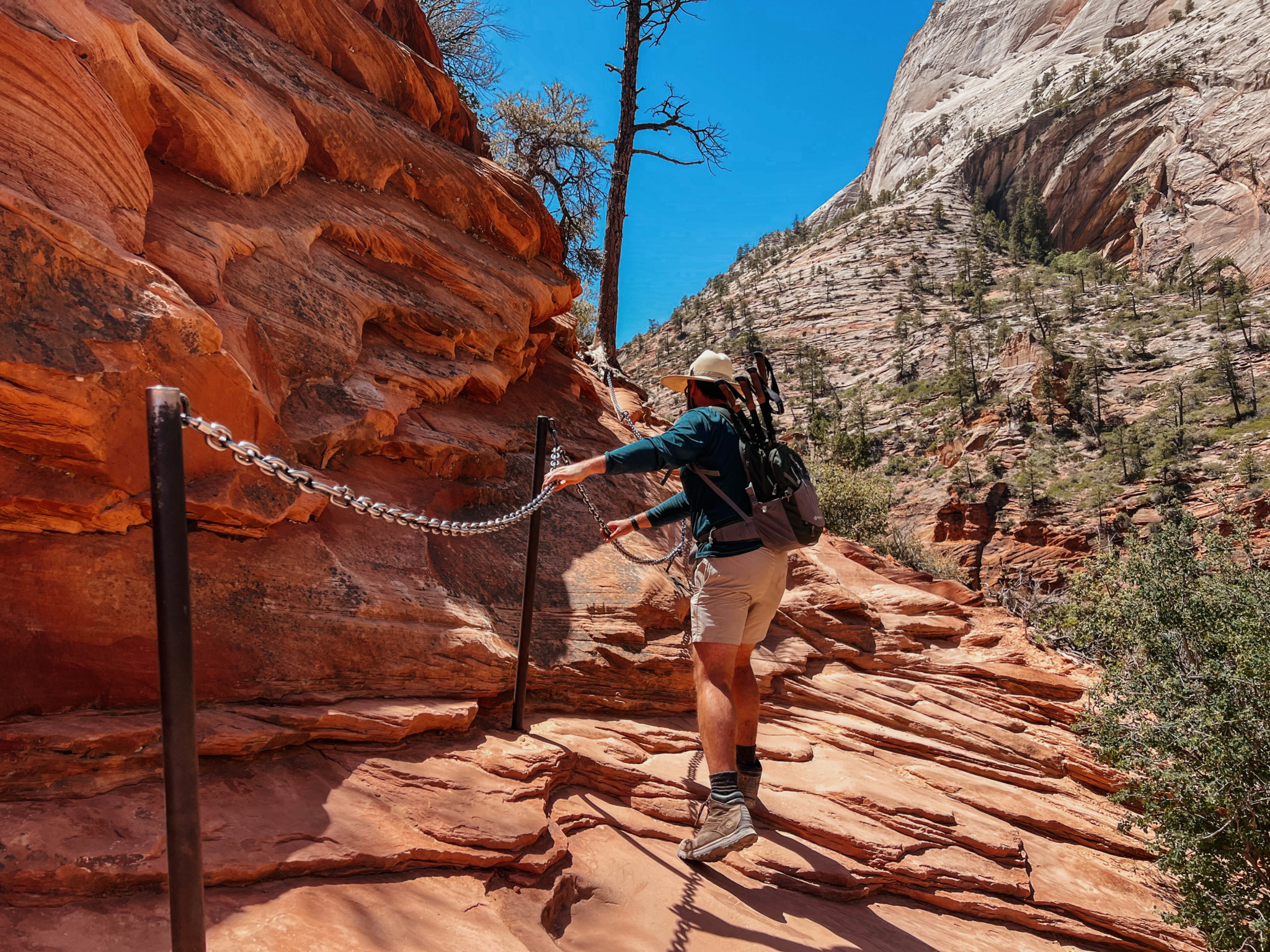
But the real test comes at the end of the trail. The last half mile or so involves scrambling up a series of narrow ridges with sheer drop-offs on either side. There are chains bolted into the rock to help you make your way up, but even with the chains, it's not for the faint of heart.
I remember looking down at the drop-offs and feeling like I was on top of the world. The views from the top are truly breathtaking – you can see for miles and miles. And the sense of accomplishment you get from making it to the summit is unbeatable.
Now, I have to admit, I was a little underprepared for this hike. I only had two mini cliff bars for myself and my friend Michael. But somehow, we made it work. We took lots of breaks, hydrated often, and fueled up on those little bars of goodness. And honestly, I wouldn't have wanted it any other way. It just added to the adventure.

If you're up for a challenge and want to experience some of the most stunning views in Zion National Park, I highly recommend Angel's Landing. Just make sure you get that permit, and maybe bring a few extra snacks. You'll thank me later.
Bryce Canyon National Park
Bryce Canyon National Park is known for its unique geological formations, including towering hoodoos and natural amphitheaters. The park's trails offer stunning views of these formations, as well as opportunities to hike through towering pine forests and along the edges of steep canyons. Popular trails include the Queen's Garden Trail, the Navajo Loop Trail, and the Rim Trail.
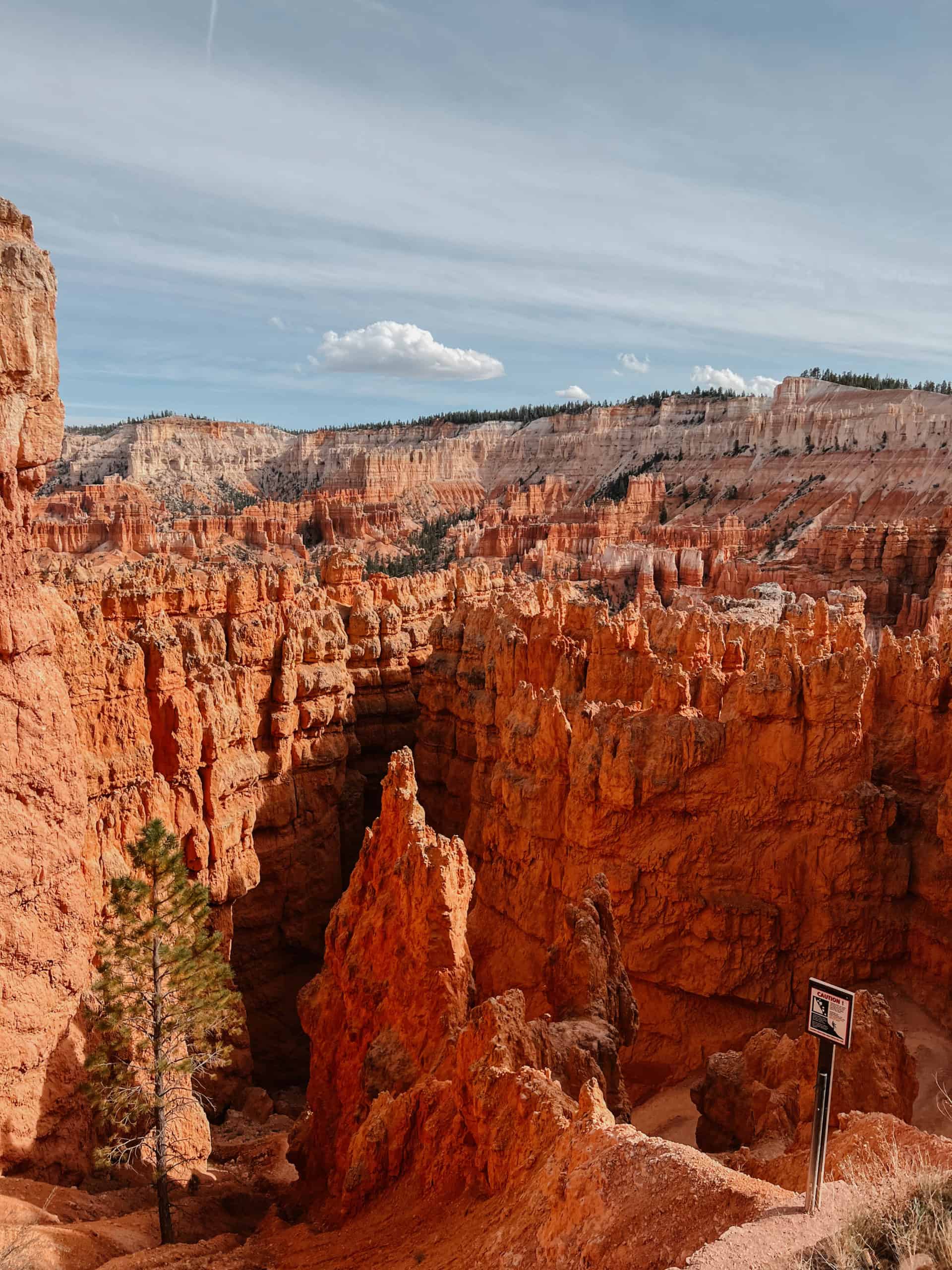
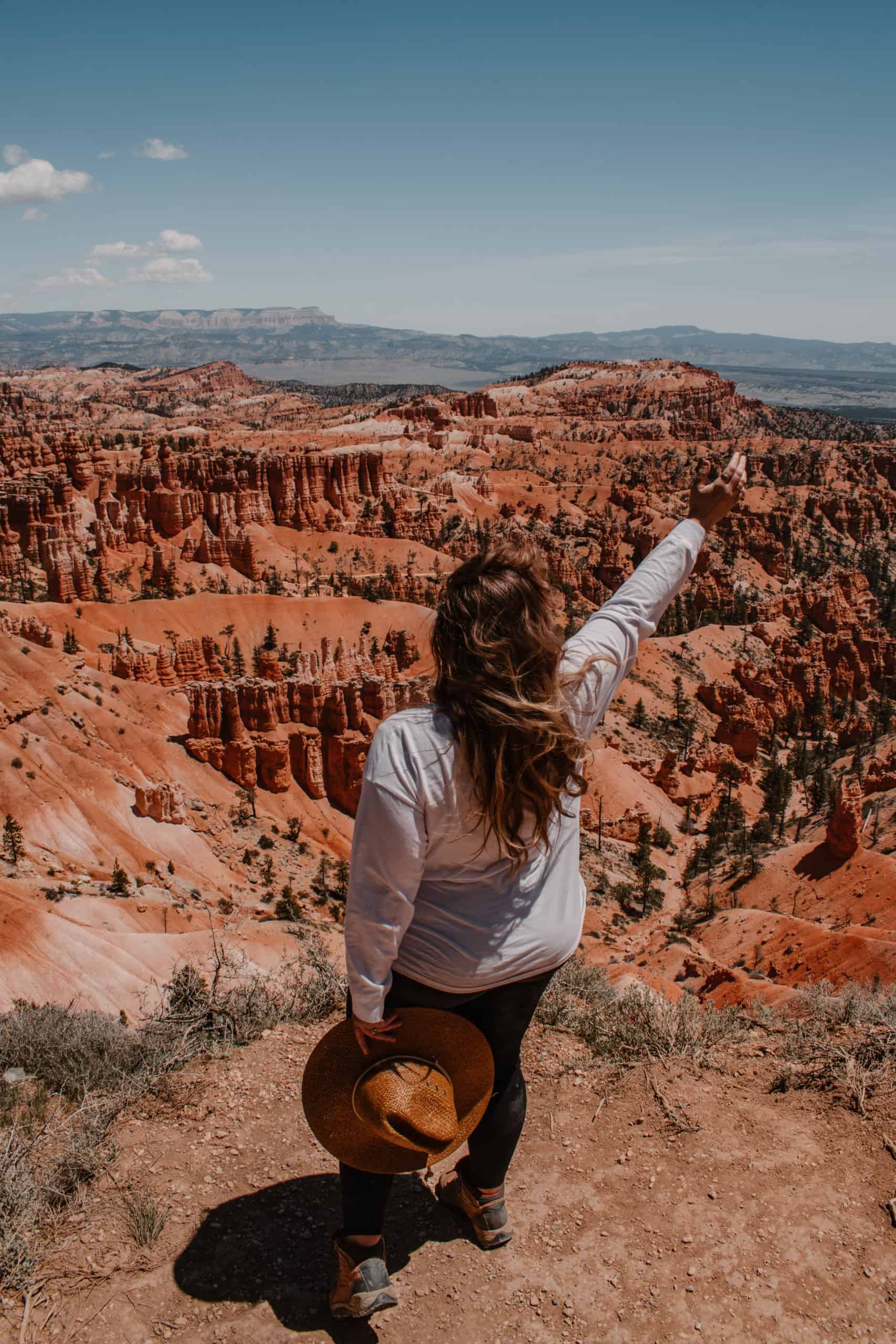
We started out on the Queens Garden trail, which winds its way through towering hoodoos and natural arches. The trail is named after the Queen Victoria hoodoo, which looks like a queen standing atop a throne. It's a truly breathtaking sight.
As we made our way along the trail, we couldn't help but marvel at the colors and shapes of the rock formations. The oranges, pinks, and reds of the rock seemed to glow in the sunlight. And the formations themselves were unlike anything we'd ever seen before. It was like walking through a Dr. Seuss book come to life.
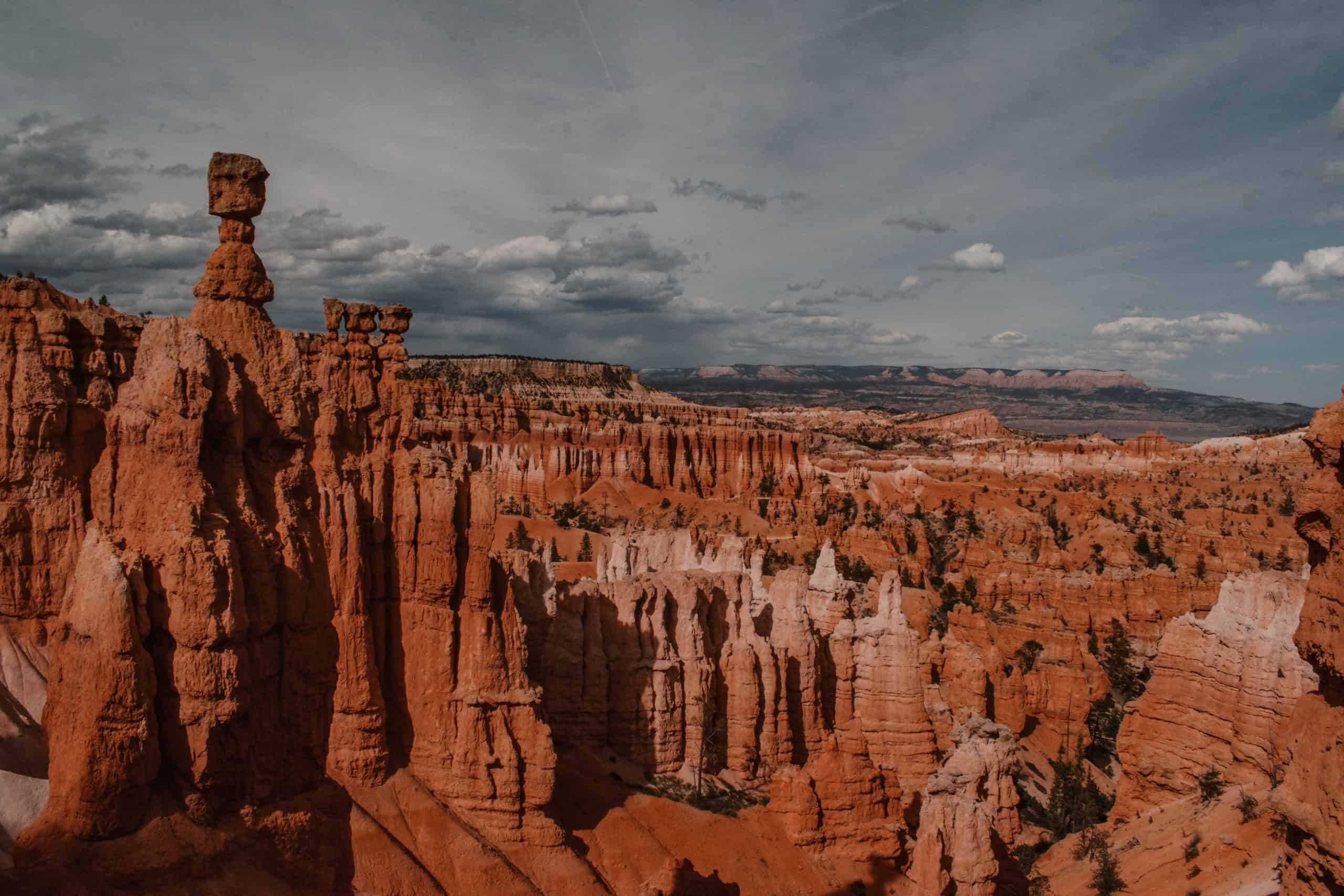
At the end of the Queens Garden trail, we connected with the Navajo Loop trail. This trail takes you down into the canyon and back up again, passing through a narrow slot canyon and alongside towering cliffs. The switchbacks can be a bit challenging, but the views are absolutely worth it.
As we made our way up the switchbacks, we were rewarded with stunning views of the canyon below. And as we emerged from the canyon, we were greeted with an incredible panoramic view of the hoodoos and cliffs that make Bryce Canyon so unique.
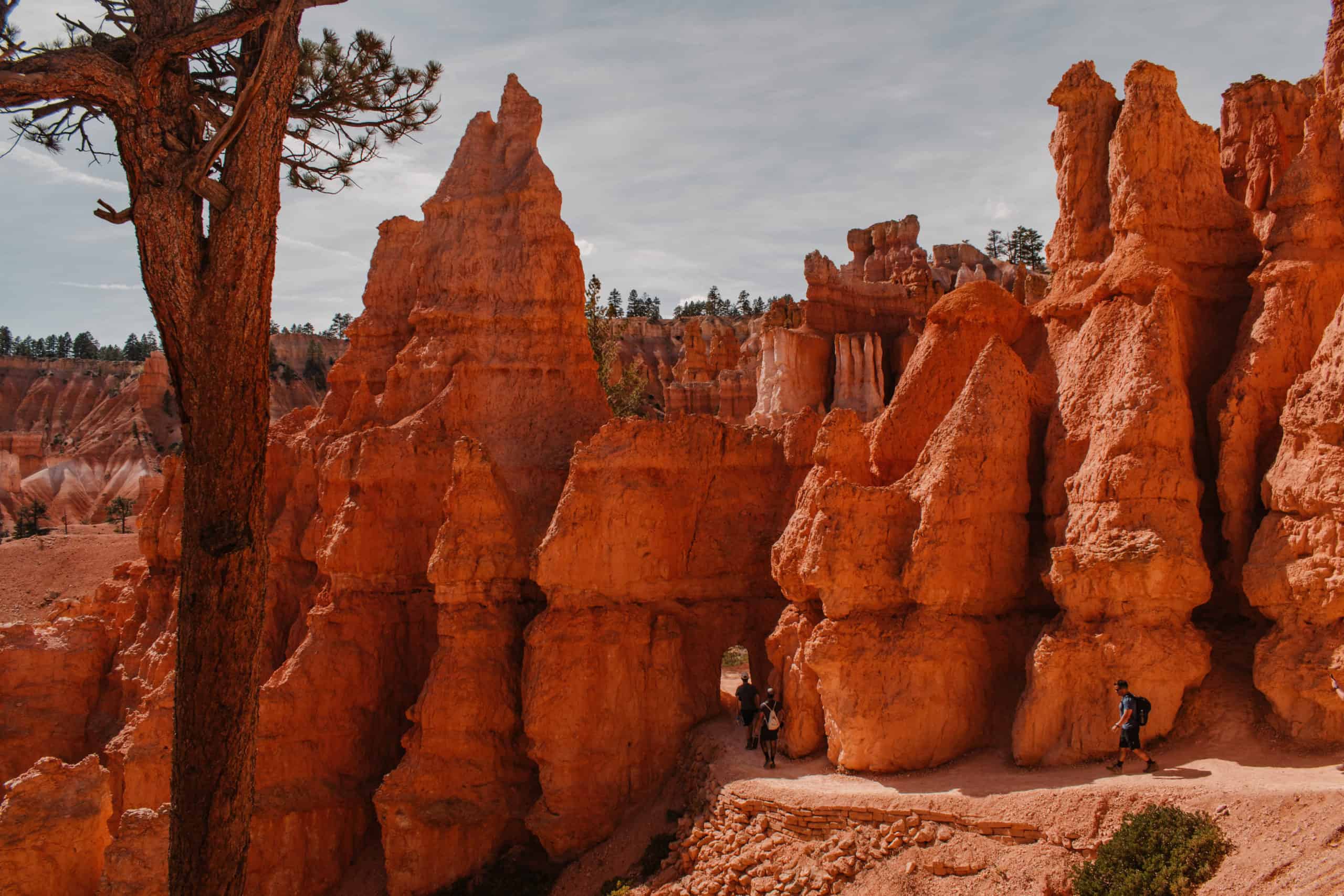
The Queens Garden and Navajo Loop trails combined to make for an unforgettable hike. We saw some of the most unique geological formations in the park, and the colors and shapes of the rock formations were simply stunning. If you're ever in Bryce Canyon National Park, I highly recommend this hike – it's truly a must-see.
Arches National Park
Arches National Park is home to some of the most iconic rock formations in the world, including Delicate Arch, Landscape Arch, and Balanced Rock. The park's trails offer opportunities to explore these formations up close, as well as to hike through towering sandstone canyons and along the edges of steep cliffs. Popular trails in Arches include the Devil's Garden Trail, the Delicate Arch Trail, and the Windows Loop Trail.

My hike at sunset to Delicate Arch was one of the most epic! The hike itself is not too difficult – it's about 1.5 miles each way, with some inclines but nothing too strenuous. But what makes this hike so special is the destination. Delicate Arch is one of the most iconic landmarks in the American West, and seeing it at sunset is an experience you won't soon forget.
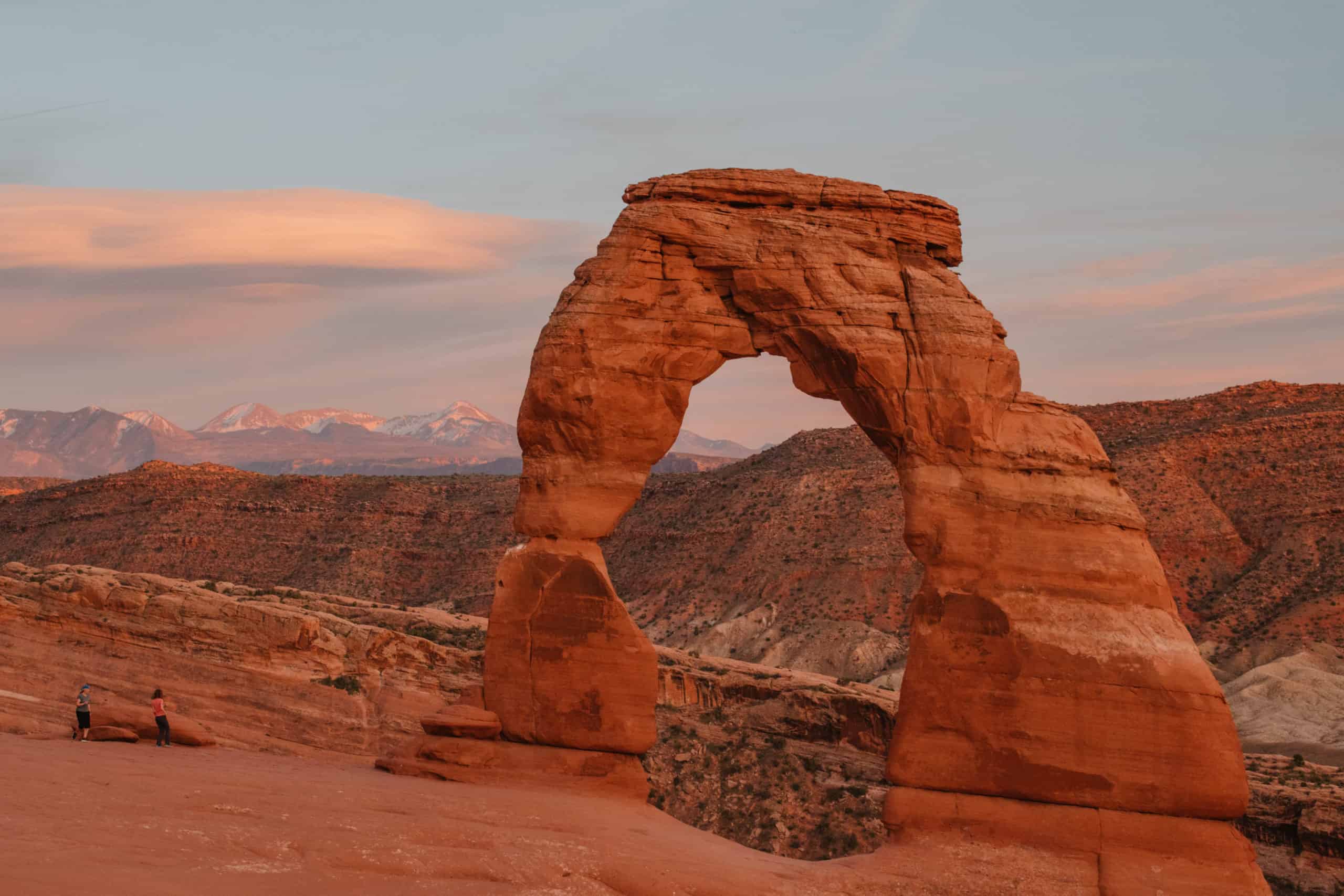
As we made our way up the trail, we could see the sky starting to turn shades of orange and pink. It was like the whole world was preparing for the spectacle to come. And when we finally made it to the viewpoint for Delicate Arch, we were not disappointed.
The Arch itself is breathtaking – a giant, freestanding structure of red rock, seemingly defying gravity. And with the sun setting behind it, the colors of the rock seemed to come alive. It was like the Arch was glowing from within.

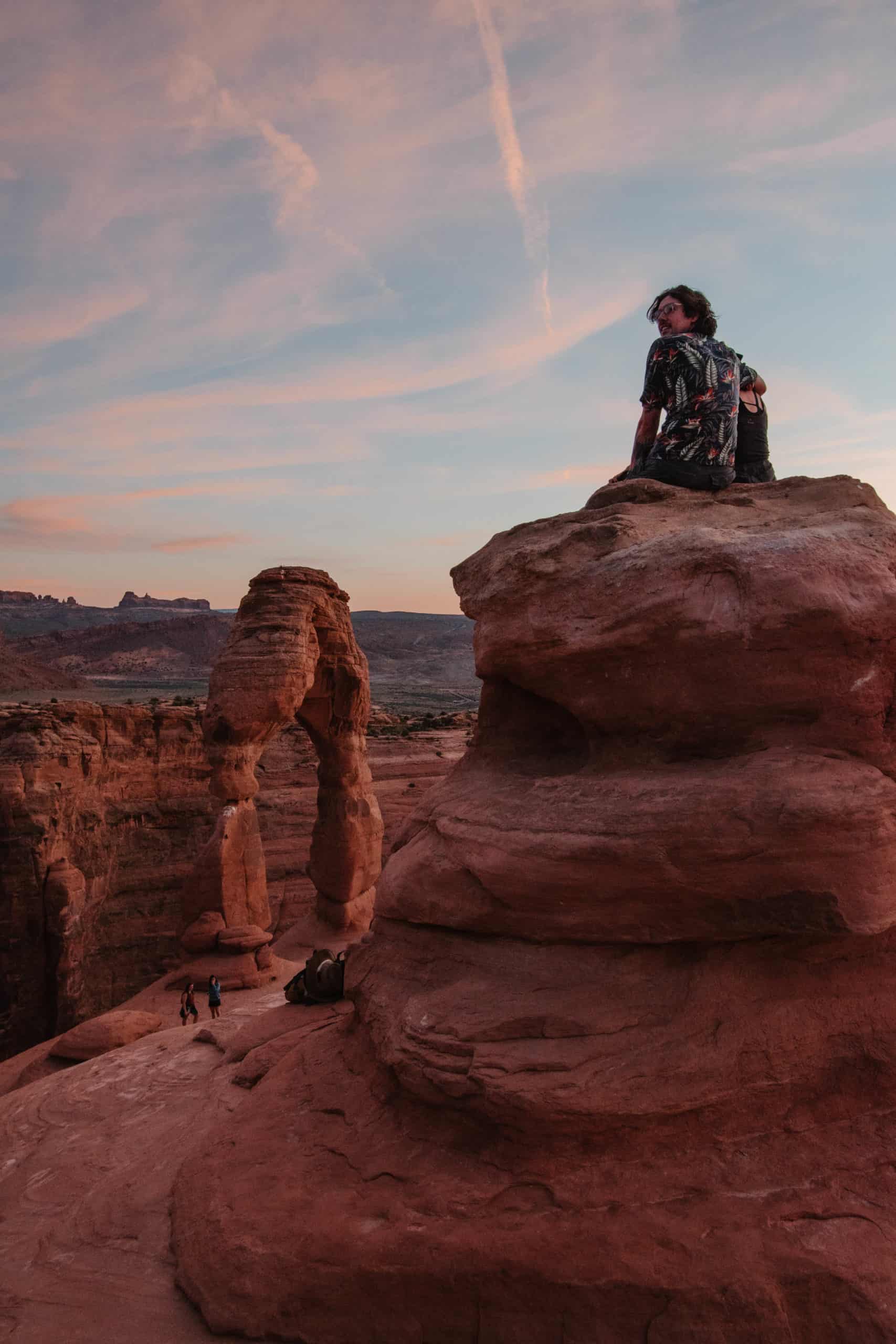
We sat there for a while, just taking it all in. We watched as the sky turned from pink to purple to deep blue, and the stars began to twinkle overhead. It was a moment of pure magic.
As we made our way back down the trail, we couldn't stop talking about how incredible the experience had been. It's moments like these that make me grateful to be alive and able to witness the beauty of the natural world.
If you're ever in Arches National Park, I highly recommend taking the sunset hike to Delicate Arch. It's a relatively easy hike, but the payoff is absolutely worth it. And who knows, maybe you'll have your own moment of magic as the sun sets behind that beautiful red rock.
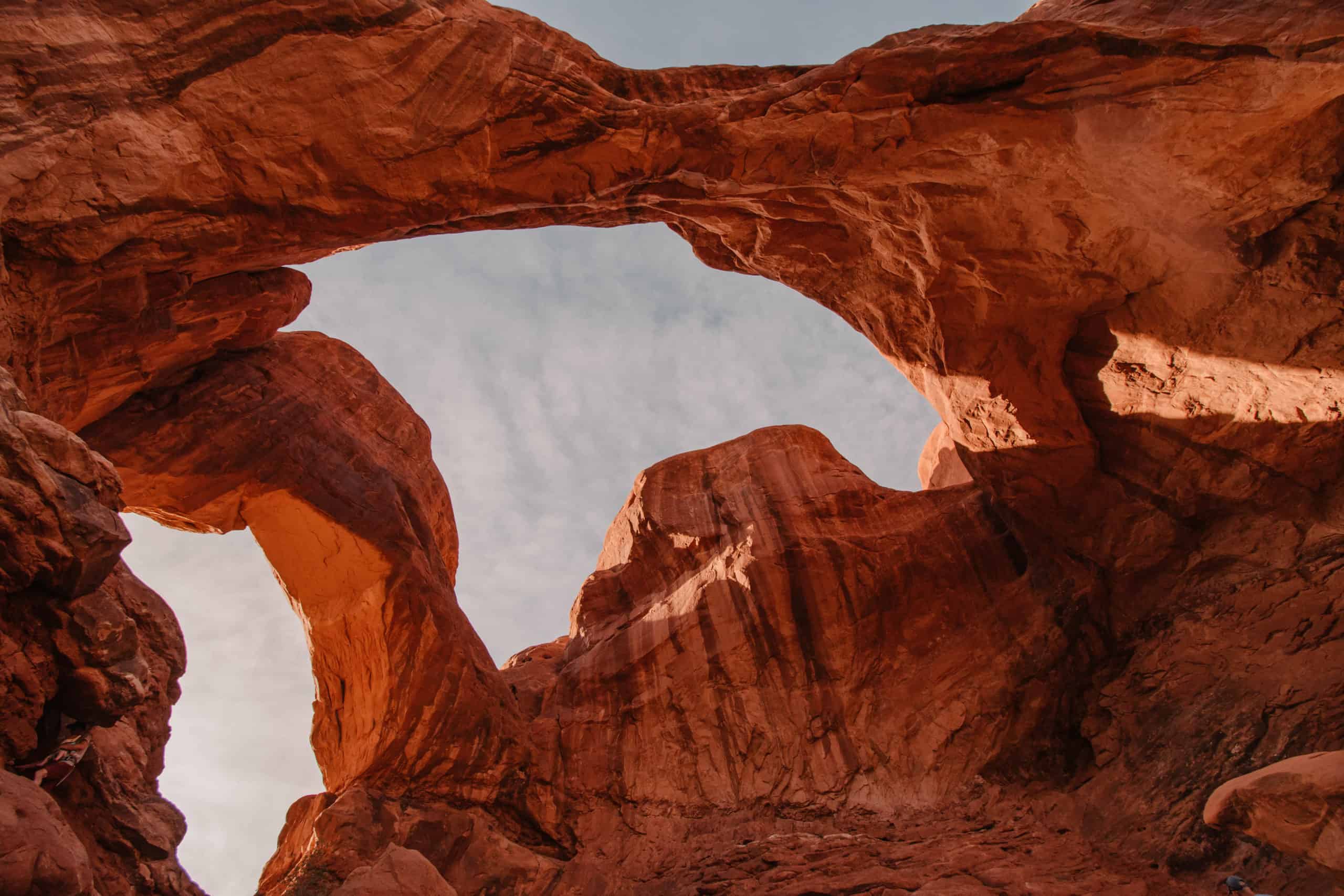
Capitol Reef National Park
Capitol Reef National Park is a hidden gem in Utah's National Parks system. Its rugged landscapes, towering cliffs, and winding canyons offer a unique outdoor experience for visitors. The park's most popular attractions include the scenic drive along Capitol Reef's main road, the hikes to Hickman Bridge and Cassidy Arch, and the opportunity to explore the park's many canyons and gorges.
Capitol Reef National Park is a stunningly beautiful and unique destination in Utah's National Parks system. The park offers visitors a wide range of outdoor experiences, from scenic drives and hikes to exploring canyons and gorges.
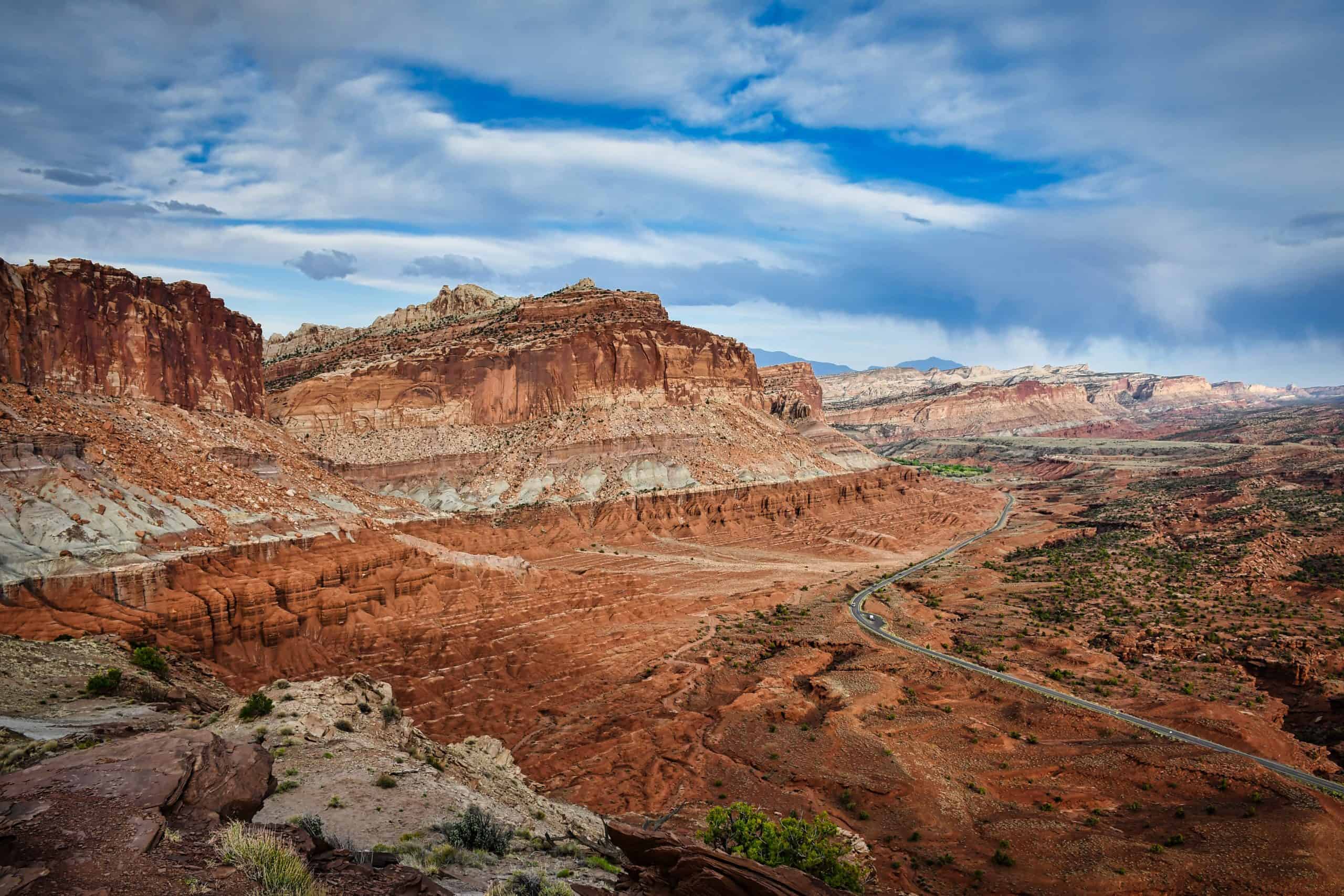
One of the most popular attractions in Capitol Reef is the scenic drive along the park's main road. This winding drive offers breathtaking views of towering cliffs, rugged landscapes, and winding canyons. Along the way, visitors can stop at overlooks and trailheads to explore the park's many natural wonders.
Hiking is another popular activity in Capitol Reef. The park offers a variety of trails for hikers of all skill levels, from easy walks through towering pine forests to more challenging hikes along the edges of steep canyons. Two of the most popular hikes are the Hickman Bridge Trail and the Cassidy Arch Trail, both of which offer stunning views of the park's unique geology and natural beauty.
For those who are up for a more adventurous experience, exploring the park's many canyons and gorges is a must. These rugged landscapes offer visitors the opportunity to explore hidden nooks and crannies, discover natural arches and bridges, and experience the beauty of Capitol Reef up close and personal.
Overall, Capitol Reef National Park is a hidden gem in Utah's National Parks system, offering visitors a unique and unforgettable outdoor experience. Whether you're looking for scenic drives, challenging hikes, or rugged canyon exploration, this park has something for everyone.
Canyonlands National Park
Canyonlands National Park is a vast, sprawling park that offers visitors a range of outdoor activities, from hiking and mountain biking to river rafting and off-road driving. The park is divided into four main districts, each offering a unique outdoor experience. Popular hikes in Canyonlands include the Mesa Arch Trail, the Grand View Point Trail, and the Slickrock Trail.
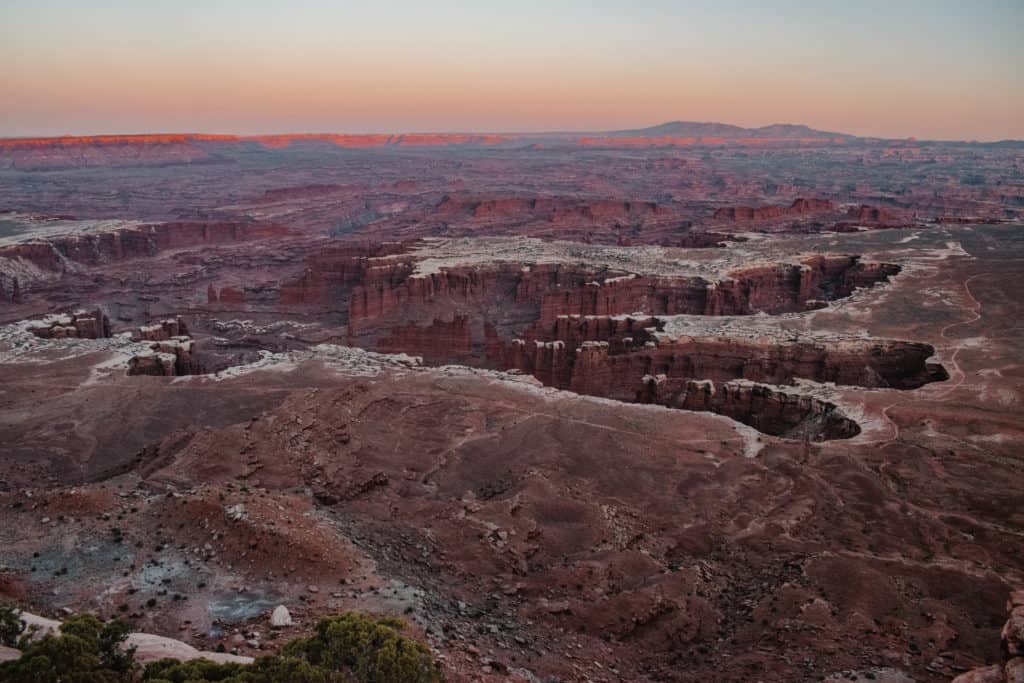
How many national parks are there in Utah?
Utah is home to five breathtaking national parks that showcase the natural beauty and diversity of the state. These parks are:
1. Arches National Park
2. Bryce Canyon National Park
3. Canyonlands National Park
4. Capitol Reef National Park
5. Zion National Park
Each of these parks offers unique landscapes, hiking trails, and outdoor recreational opportunities that draw visitors from around the world. From the towering sandstone arches of Arches National Park to the colorful hoodoos of Bryce Canyon National Park, Utah's national parks are a must-see for anyone interested in exploring the great outdoors.

In addition to these five national parks, Utah is also home to several other protected areas, including national monuments, state parks, and wilderness areas. Whether you're a seasoned adventurer or a newcomer to outdoor exploration, Utah's public lands offer something for everyone.
What's a good itinerary for seeing all of Utah's National Parks?
If you're looking to explore all of Utah's national parks, you'll want to plan a trip that allows you to see each park's unique landscapes and attractions. Here's a suggested itinerary that will take you through all five of Utah's national parks:
Day 1-2: Start your trip in Zion National Park, where you can spend a couple of days exploring the park's stunning canyons, towering cliffs, and emerald pools. Hike the iconic Angels Landing trail and take a dip in the refreshing waters of the Virgin River.
Day 3-4: Next, head to Bryce Canyon National Park to marvel at the park's famous hoodoos – spindly rock formations that tower over the landscape. Hike the Queen's Garden Trail or take a scenic drive along the park's stunning viewpoints.
Day 5-6: From Bryce Canyon, make your way to Capitol Reef National Park, where you'll find colorful canyons, towering cliffs, and orchards filled with fruit trees. Explore the park's famous Waterpocket Fold or take a scenic drive along the park's paved roads.
Day 7-8: Head to Arches National Park, where you'll find over 2,000 natural stone arches, as well as a range of canyons, rock formations, and hiking trails. Hike to Delicate Arch at sunset for a truly unforgettable experience.
Day 9-10: Finally, end your trip with a visit to CanyonlandsNational Park, where you can explore the park's expansive canyons, towering mesas, and winding rivers. Take a scenic drive along the park's famous Island in the Sky district or hike to the park's famous Mesa Arch.
By following this itinerary, you'll be able to experience the unique landscapes and attractions of each of Utah's national parks. However, it's important to note that this itinerary only scratches the surface of what Utah's public lands have to offer. To truly experience the beauty and diversity of Utah's natural wonders, you'll want to spend ample time in each park and explore the surrounding areas.
No matter your skill level or interests, Utah's national parks offer something for everyone. From scenic drives and easy hikes to challenging backcountry adventures, there's no shortage of outdoor recreational opportunities to be found in Utah's public lands. Hopefully, this will help you in planning your Utah destinations for your itinerary!
What is the best time of year to visit Utah's national parks?
Utah's national parks are known for their stunning natural beauty, and visitors from around the world flock to these parks each year to enjoy the breathtaking landscapes and outdoor activities. While there are many factors that can influence the quality of your visit, such as weather and crowds, the best time of year to visit Utah's national parks ultimately depends on your personal preferences and interests.
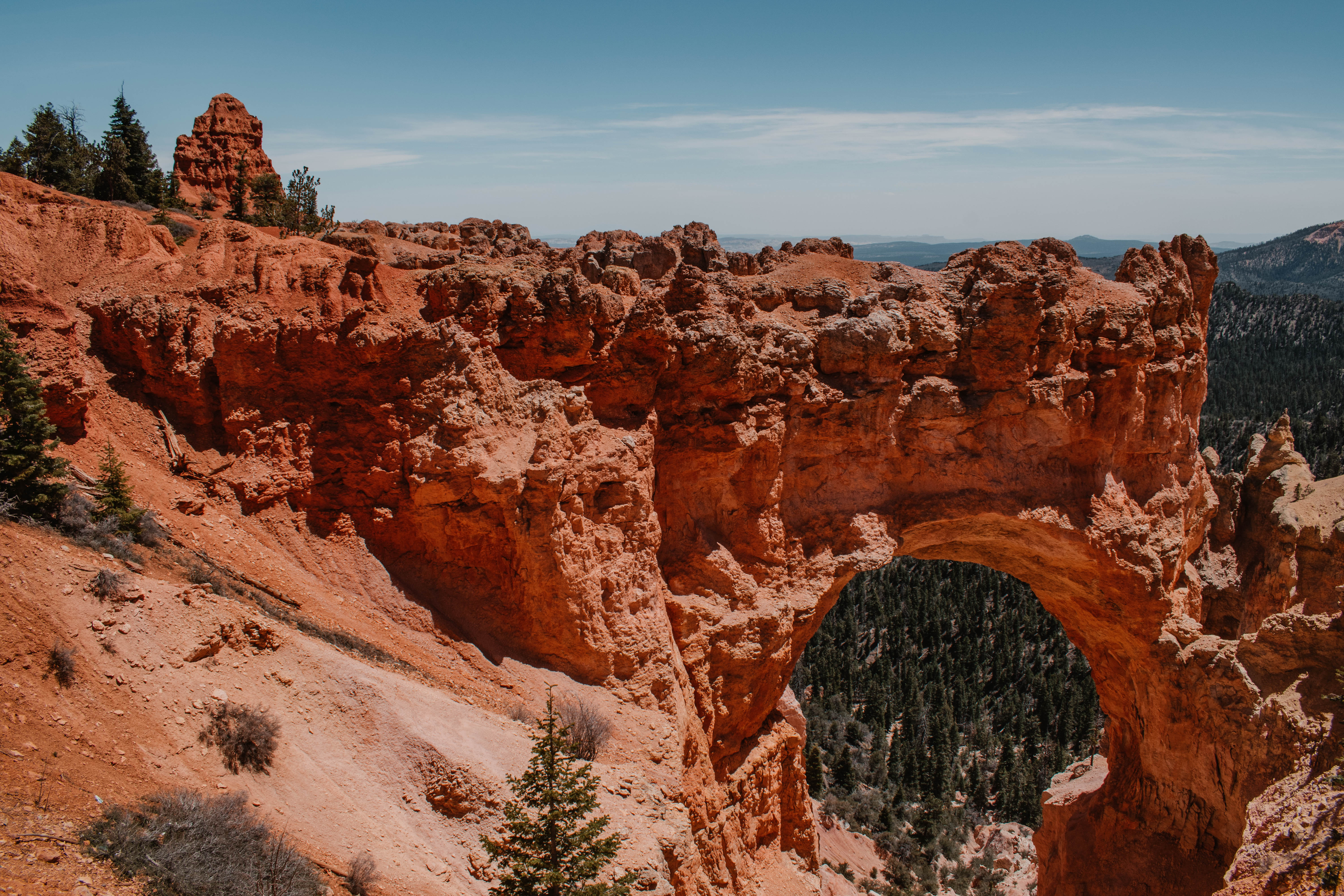
If you're looking for mild weather and fewer crowds, the fall season (September through November) is generally considered the best time of year to visit Utah's national parks. During this time, temperatures are cooler and more comfortable, and crowds tend to be smaller than during the summer months. Additionally, fall foliage in the parks can be a beautiful sight to behold.
Winter (December through February) can also be a great time to visit Utah's national parks, especially if you enjoy winter sports like skiing or snowshoeing. The parks are often less crowded during the winter months, and the snow-covered landscapes can be stunningly beautiful.
Spring (March through May) is another popular time to visit Utah's national parks. During this time, temperatures begin to warm up and the parks come alive with spring blooms and baby animals. However, it's important to note that spring weather can be unpredictable, with occasional snowstorms and rain showers.
The summer months (June through August) are the busiest time of year for Utah's national parks, with long days and warmer temperatures attracting visitors from around the world. It's hot, I would avoid!
Other Places to Check Out in Utah – That Aren't National Parks!
Utah is home to many natural wonders beyond its national parks. Here are some other places to check out during your visit:
- Snow Canyon State Park: Located in southwestern Utah, Snow Canyon State Park offers a unique landscape of red rock formations and sand dunes. The park offers hiking, rock climbing, and camping options for visitors.
- Yant Flats: Located in the Dixie National Forest, Yant Flats offers a scenic hike through colorful sandstone formations. The trail is approximately 6 miles long and offers stunning views of the surrounding landscape.
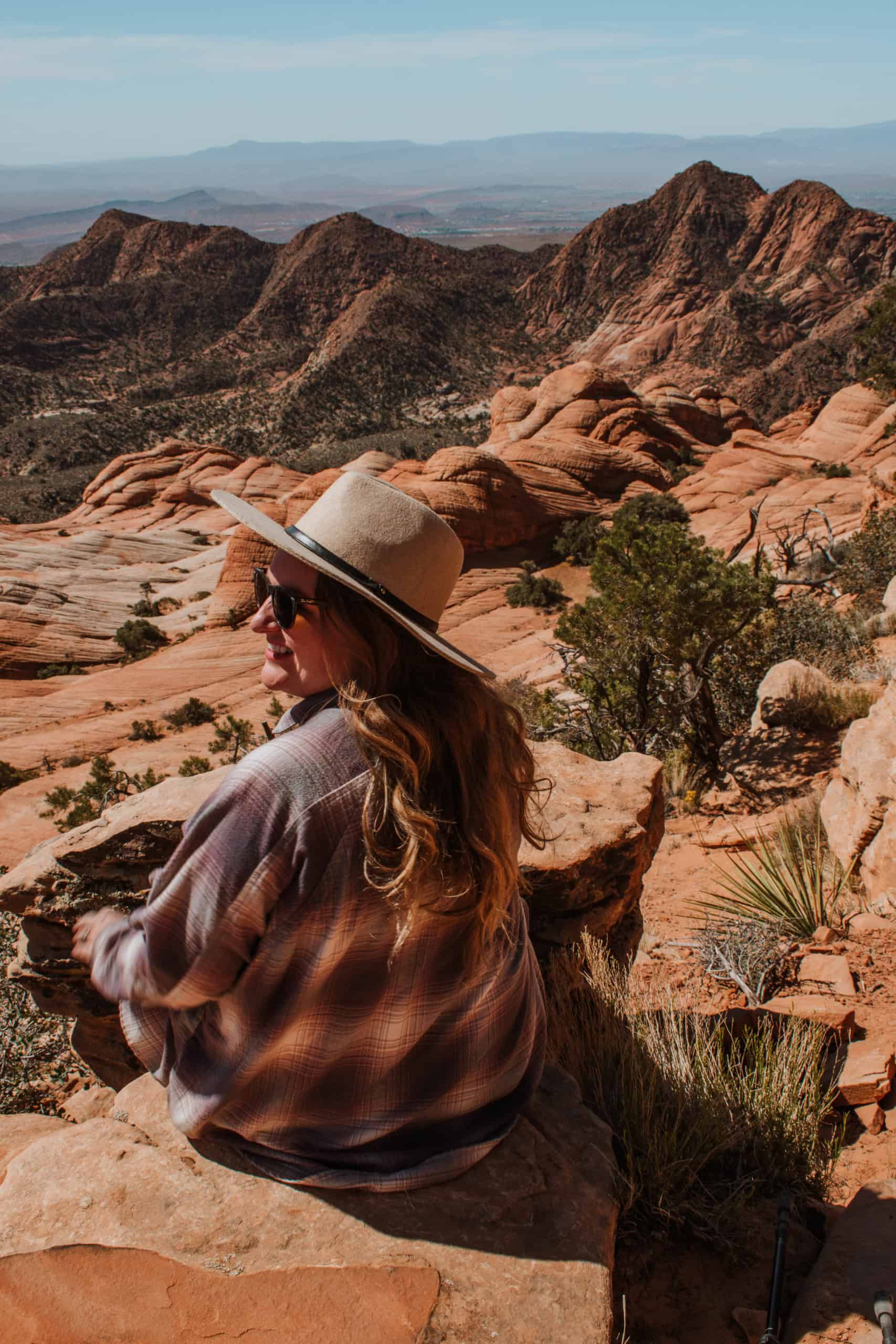
3. Coral Pink Sand Dunes State Park: Located in southern Utah, Coral Pink Sand Dunes State Park offers a unique landscape of pink sand dunes. The park offers hiking, ATV riding, and camping options for visitors.
4. Goblin Valley State Park: Located in central Utah, Goblin Valley State Park offers a surreal landscape of hoodoos and sandstone formations. The park offers hiking and camping options for visitors.
5. Antelope Island State Park: Located in the Great Salt Lake, Antelope Island State Park offers a unique opportunity to see bison and other wildlife up close. The park offers hiking, biking, and camping options for visitors.
These are just a few of the many natural wonders to explore in Utah beyond its national parks. With its diverse landscape and outdoor activities, Utah is a nature lover's paradise.
Utah's National Parks offer some of the most stunning natural landscapes in the world. From towering sandstone cliffs to winding canyons and verdant forests, there is no shortage of outdoor adventures to be had in Utah. Whether you're an experienced hiker or a novice explorer, there is a National Park in Utah that will offer you the outdoor experience of a lifetime.

